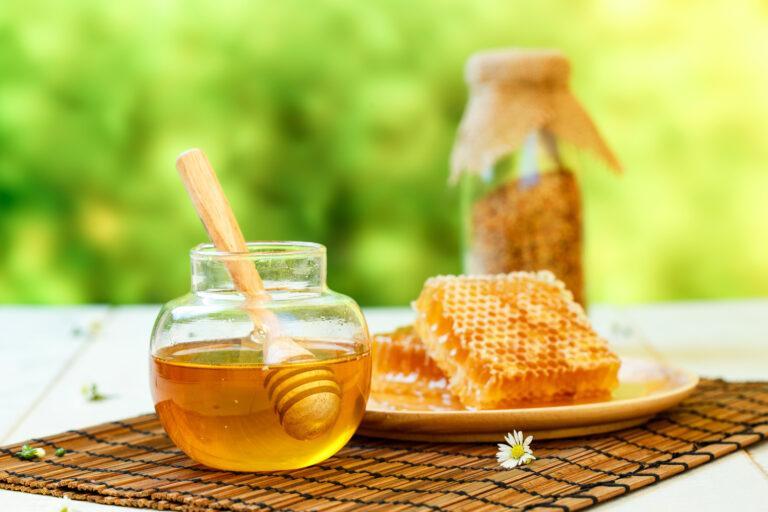According to a survey conducted by the European Commission’s Directorate-General for Health and Food Safety in collaboration with 16 European countries, as well as with Norway, Switzerland, and the European Anti-Fraud Office (OLAF) 46% of the honey samples analysed were considered fraudulent, especially the ones originating from China and Turkey. Sugar syrup, additives and colourants are added to the fraudulent honey which deceives the consumers and negatively affects the European beekeepers. The fraudsters are using these techniques to falsify the true botanical source of honey and hide the true geographical origin of honey by modifying the traceability information and removing pollen. The addition of sugar syrups originated from rice, wheat or beets is the main fraudulent technique used to lower the price of honey. The European honey market imports approximately 175,000 tonnes honey per year, which gives 40% of consumption. Although the risk to human health is low, NGOs, states and agricultural organizations are calling for tightening of existing regulations to combat fraud in the honey trade.
An investigation performed previously in India showed that 77% of the analysed honey samples contained sugar syrup. They further examined the samples with the help of NMR (Nuclear Magnetic Resonance), this method is used worldwide to detect sugar syrup added to honey. During the investigation from 10 out of 13 brands were found sugar syrup in the samples, which the established test methods couldn’t reveal in all cases, thus the adulteration of honey is more serious than believed.

